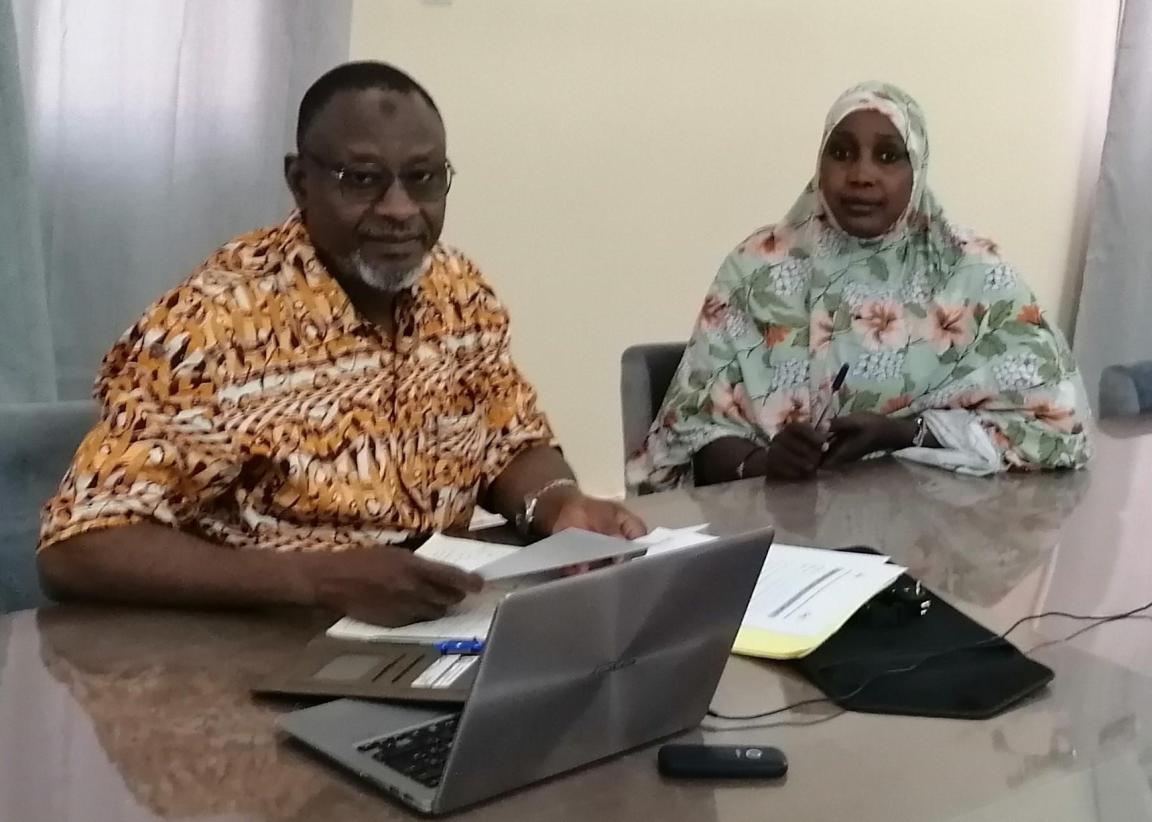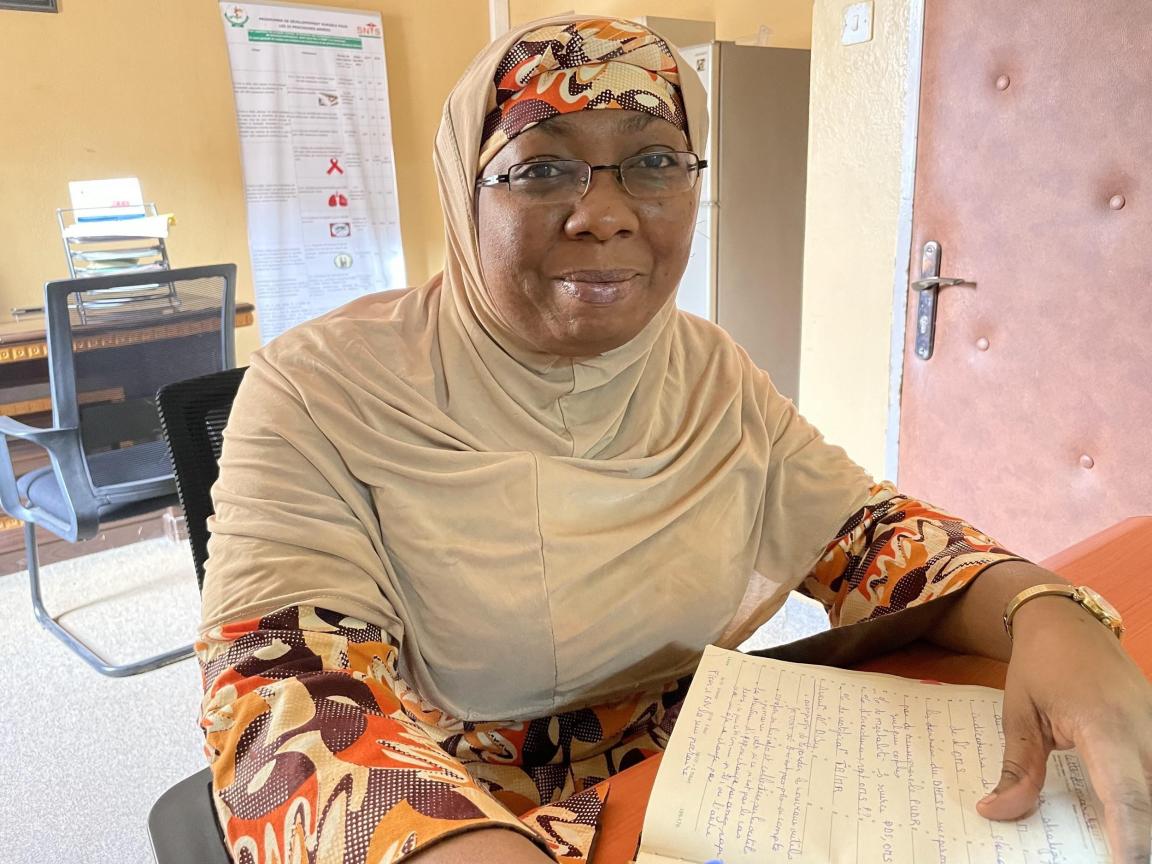Background
Information and Communication Technologies (ICT) have become an essential support in the field of health information. ICT is an important element in the process of improving data quality (e.g., accuracy, completeness, and timeliness) and increasing data analysis and visualization capabilities. Its optimal use requires:
- Suitable computer equipment
- Appropriate and easy-to-use software
- A reliable communication network providing internet connection
- An adequate energy source to operate the equipment
- Proper maintenance
- Trained human resources
CHALLENGE
Niger is a vast, landlocked country with limited cell phone coverage and internet access, along with ongoing difficulties in accessing electricity. Digital Trends in Africa 2021[1] reported fewer than 50 mobile subscriptions per 100 inhabitants in Niger. In 2018, about 10 percent of households had access to the internet and 20 percent of the population had access to electricity. This environment poses significant challenges to data transmission. These issues, combined with limited information available on the current state of Niger’s HIS ICT infrastructure, make work to improve availability and interoperability of quality health data information systems very difficult.
Solution and Process
The Country Health Information Systems and Data Use (CHISU) program conducted an assessment to understand the current state of the HIS ICT infrastructure in two priority regions in Niger. The assessment utilized the ICT Infrastructure Assessment Tool (ICTIAT) developed by MEASURE Evaluation with funding from the USAID Global Development Lab. The assessment measured challenges across all domains of communications networks, equipment availability, equipment security and maintenance, power supply, governance, and finance. The ICTIAT makes it possible to highlight the state of the ICT infrastructure supporting the HIS, the adequacy of the ICT resources available in relation to the applications of the HIS, and the needs of users. The evaluation focused on all 392 Centres de Santé Intégré (Integrated Health Centers) in the 20 health districts of Maradi and Zinder regions.
CHISU recruited seven data collectors for the initial outreach and follow-up with survey participants and to institute and implement a rigorous data verification process.
CHISU successfully included all health facilities in the hard-to-reach regions of Zinder and Maradi. This was possible by carrying out the ICT assessment through a combination of virtual and in-person meetings, rather than by limiting the number of facilities that could have been visited in-person in the same amount of time or with the same budget.
According to Mrs. Adamou Yaro Fatiya, an interviewer who collected data from the Tessaoua and Mayahi health districts in the Maradi regional health directorate (66 health facilities), “this was an exceptional survey that allowed us, among other things, to be in direct contact with those responsible for data management at the operational level and also to appreciate the working conditions of the agents in the field.” She also shared that, in the past, to have a sense of the ICT situation at the facility level, she has relied on information from equipment inventory processes. However, those data are limited and primarily includes information such as the number of computers that are functional. CHISU’s survey provides a more in-depth understanding of the state of ICT in health facilities, and includes features such as ICT governance and energy availability.

Impact
This was the first ICT assessment of its kind in Niger. Results identified challenges across all domains of communications networks, equipment availability, equipment security and maintenance, power supply, governance, and finance. For instance, one out of four integrated health centers had no power supply, and 70 percent of the computers used for HIS management were over three years old. “The assessment results reveal the real challenges in the field and constitute an advocacy tool for the adequate equipment of the structures evaluated, including at the central level,” said Dr. Aida Mounkaila, Head of the Directorate of Statistics at the Ministry of Health.

The assessment will guide the strategic planning process to develop an ICT architecture of the HIS that accounts for the realities of Niger’s context. This will help bring together various stakeholder interventions and help move towards an integrated, reinforced, and ultimately resilient HIS in the regional health directorates of Maradi and Zinder, national directorates, and central level programs.
Download the success story here.
[1] Digital trends in Africa 2021 Information and communication technology trends and developments in the Africa region 2017-2020. https://www.itu.int/dms_pub/itu-d/opb/ind/D-IND-DIG_TRENDS_AFR.01-2021-PDF-E.pdf